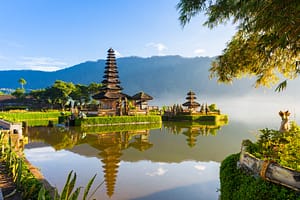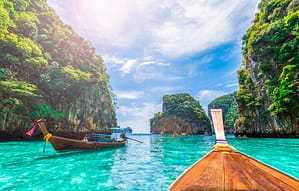As COVID-19 restrictions begin to lift and borders open, the possibility of going on holidays again is becoming tangible.
Maybe you’ve already booked a getaway somewhere in your home country this year. Maybe you’re in the process of planning for 2021.
Either way, you’ll be travelling in a changed environment. The last few months have reshaped the world’s economy and, for many of us, our financial situations.
With an uncertain future ahead, you’re probably being extra cautious – cutting back on luxuries, amplifying your savings, ensuring that you’re prepared for whatever the next few years bring.
But that doesn’t mean you have to sacrifice your holidays. After all, a vacation should be about experiencing new things, reconnecting with your family and exploring new horizons, not just spending lots of money.
That’s why we’ve put together some of the best holiday hacks to help you save money while still enjoying the most incredible destinations in the South Pacific. Best of all, you’ll be able to use these tips even with the coronavirus is over, so bookmark this page for the future and get reading.
Tip 1: Use ridesharing apps/hire sites
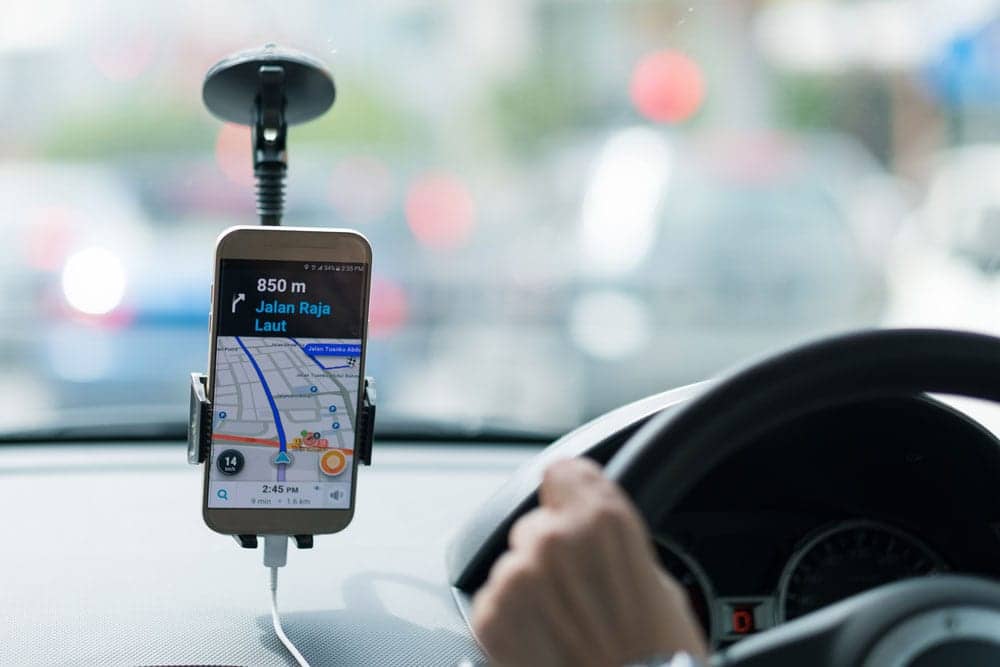
Unless you’re visiting a big city like Sydney or Melbourne, chances are you’ll need more than your feet to get around.
If you only need the occasional lift, consider downloading apps like Uber, Ola and GoCatch – in many cases, they can be cheaper and closer to your destination than traditional taxis.
Both Ola and Uber are available in major cities across Australia and New Zealand, and offer similar pricing structures; GoCatch is only available in Australia, but doesn’t have surge pricing, meaning sometimes it’s better value than Ola and Uber.
Alternatively, if you’re visiting less populated areas like Dinner Plain, Seven Mile Beach or Dunsborough, hiring a car to explore the region is essential. Renting a vehicle with insurance can be prohibitively expensive, though, so it’s important to save where you can.
Start with hire car comparison sites. Just Google ‘hire car comparison [your destination]’ and you’ll have a stack of useful sites at your fingertips, which can help you compare deals from companies like Hertz and Avis. Some sites also offer AfterPay and optional insurance – you can book everything in about five minutes from your computer, making it easy to get the best prices ahead of time.
Tip 2: Use public transport
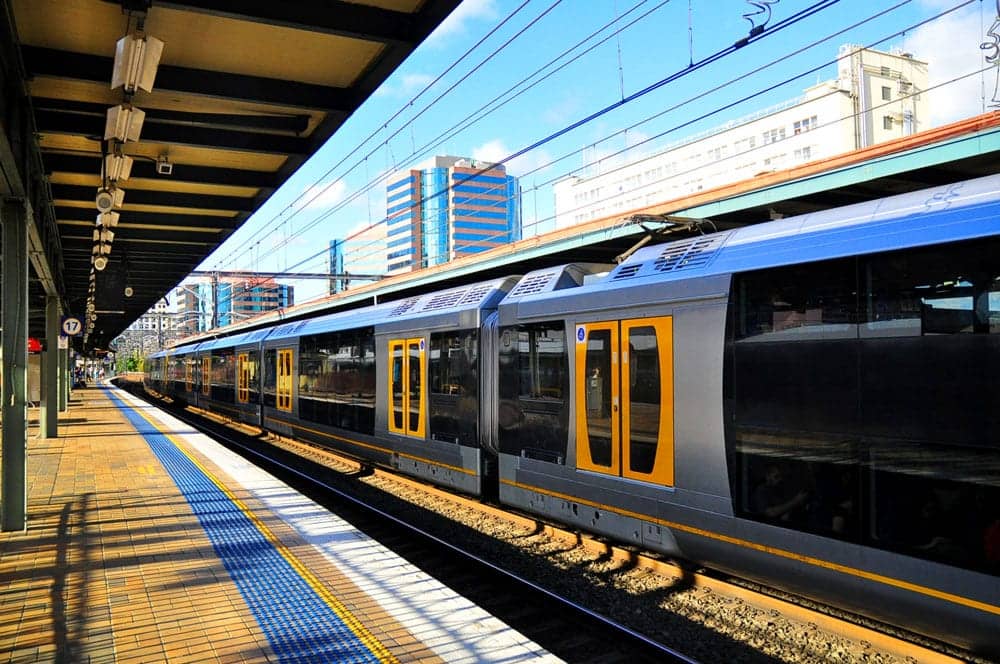
Although Australia and New Zealand certainly don’t have the sophisticated public transport systems you can find in other countries, most big cities have a good network of trams, trains and buses that cost much less than private transport.
Paper tickets are a good option if you’re just using public services once or twice across your holiday; if you’re staying in the one state for a few weeks, it might be worth purchasing an automated pass, which often costs less per trip than regular tickets. Passes are also contactless, which is great for keeping you and your family safe and healthy.
If you’re interested in using public transport on holiday, remember to practice social distancing and good hygiene.
For information on passes, trip planning and general public transport updates, visit the below links:
Tip 3: Limit takeaway to one meal a day
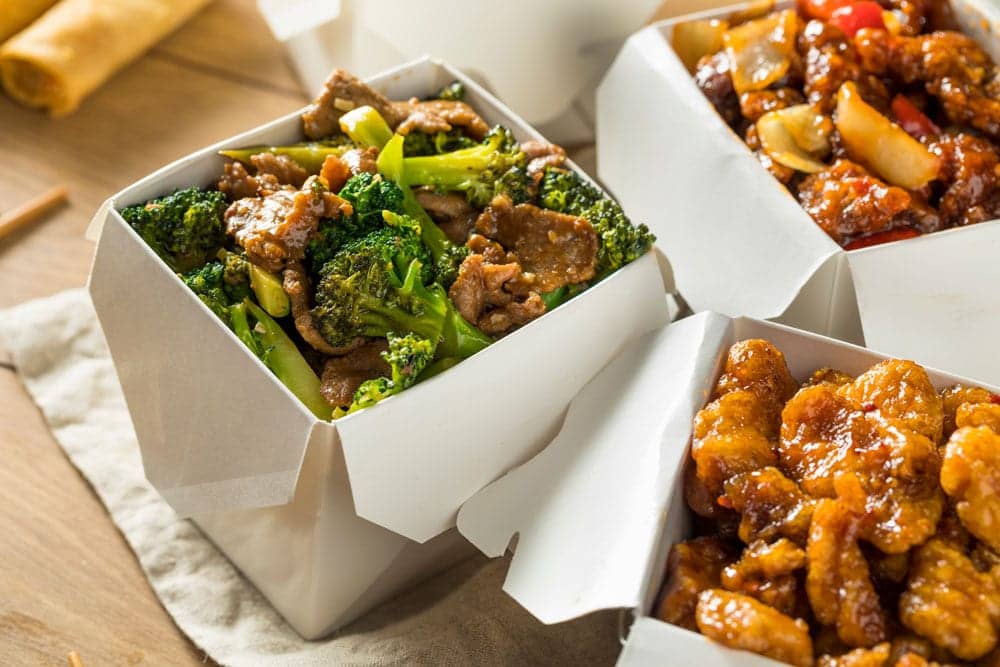
As soon as you step off the plane and populate your resort room with clothes, it’s open season on restaurants. After all, a big part of travelling is sampling delicious cuisine, and a holiday wouldn’t be the same without it.
But, if you’re trying to save money, consider limiting your takeaway/restaurant visits. Think about it – an average restaurant meal might cost between $20 and $25 per person, which, with a family of four, adds up fast. Eat out three times a day, and you’re looking at between $200 and $250 per day just on food.
Buy some cheap groceries like cereal, fruit and bread; you can have a homemade breakfast and lunch, and then go big on dinner. Alternatively, a night in can be fun, especially if you’re all tired out by a hard day of exploring.
If that’s the case, you might want to check if your resort has barbecue or cooking facilities – there’s nothing like relaxing in a five-star room with home-cooked steak, sausages and salad while streaming your favourite show.
Tip 4: Use discounts and passes
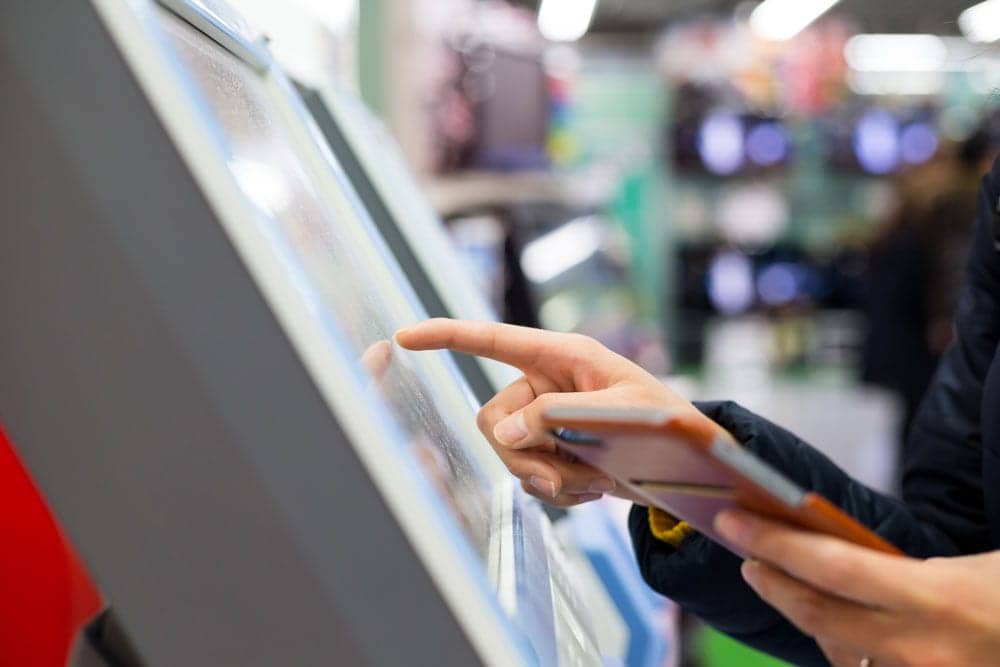
Concessionary prices and passes can be great ways to pay less than normal, particularly if you’re travelling with young children. Children under a certain age, students, pensioners and veterans are often eligible for concessions – most public transport systems offer reduced pricing, as do theme parks and attractions.
If you’re planning to re-visit a certain attraction or area over the course of your getaway, it can sometimes be worth purchasing a pass. For example, visiting national parks in Tasmania requires you to hold a valid park pass, but a Holiday Pass (valid for 2 months) might be better value than a Daily Pass (valid for 24 hours) if you’re staying at Seven Mile Beach for a few weeks.
Tip 5: Do free activities instead of paid ones
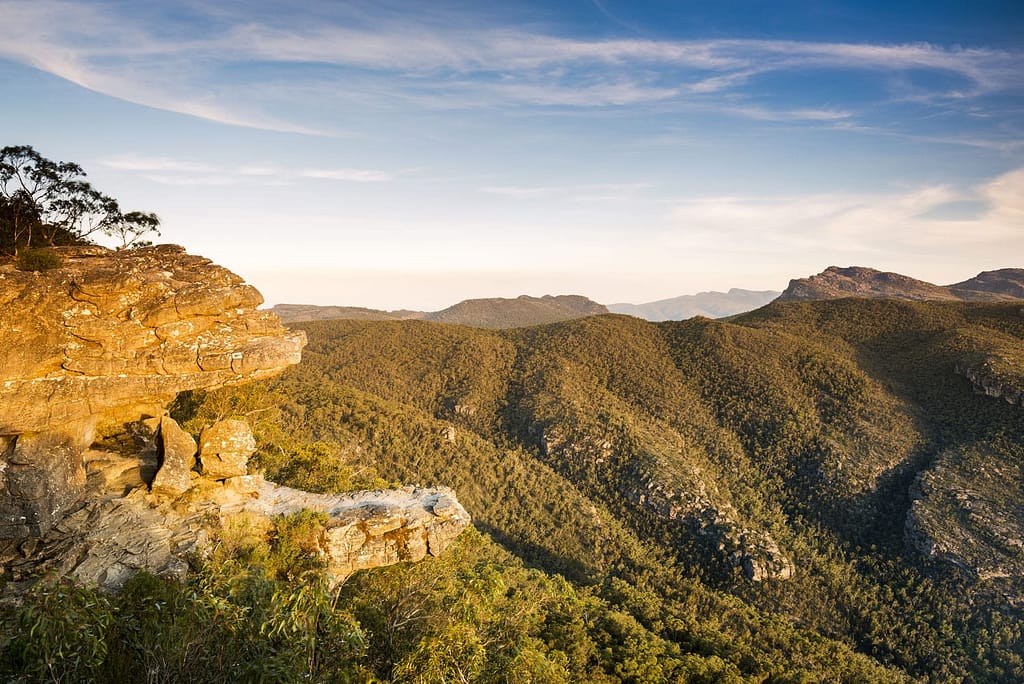
Transport, food and accommodation aside, activities are the last big cost for holidays, particularly if you’ve got kids who don’t particularly enjoy relaxing by the resort pool. Purchasing a few tickets every day can really add up, and avoiding pay-to-play attractions is a great way to cut your spending.
Don’t worry, that doesn’t mean compromising your holiday quality. Both Australia and New Zealand are renowned across the globe for their incredible natural beauty, and the plethora of free activities that accompanies that.
You can explore national parks, go on scenic drives or visit historic monuments. From beaches to bushwalks to birdwatching, there’s something to keep every member of the family happy.
Tip 6: Choose drive-to not fly-to
At the moment, overseas trips are out of the equation, so your holidays for the rest of 2020 are going to occur solely in your home country. That’s both bad and good.
Bad, because it means you can’t explore amazing destinations like Lombok and Phuket.
Good, because now you can drive to virtually all of your holiday destinations.
Unless you’re travelling from the east coast of Australia to the west (or vice versa), driving is an affordable, practical alternative to paying steep air fees. Airlines are starting to climb out of their COVID-induced price slump, which means you’ll start seeing the crazy discounts of early 2020 vanishing as the year moves on.
So why pay premium prices when you could travel by car? A Gold Coast to Sydney drive might cost you between $100 and $150 one way, depending on fuel prices, which is great value (particularly for families).
A road trip also means seeing places you would have skipped completely if you’d flown, so take the time to visit hidden gems, small country towns and out-of-the-way attractions.
You can read more about road tripping and domestic travel here.
Got any other tips about how to travel without blowing your budget? We’d love to hear about it! Shoot us an email or message us on Facebook/Instagram, and, if we like your suggestion, we’ll add it to this blog and attribute it to you.
If you liked this article and you’re ready for more travel articles straight to your inbox, subscribe to our blog – we post regularly, and we make sure all our content is directly relevant to travellers in Australia and New Zealand.
And, if you’re confident that you’re holiday-ready, don’t wait any longer – click the link below, and book now.


